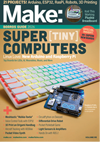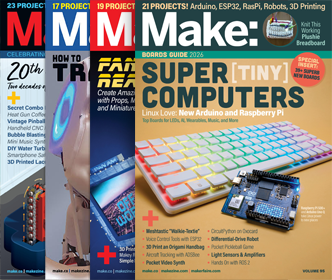Doug Manger’s Hand-Carved Lockpicks
I have been interested in picking locks since I picked my first lock in science class one day during 7th grade. Last year, I purchased a number of lock picks from various manufacturers (SouthOrd, Rytan and Peterson) and found that, although good in their own right, I could not get the right “feel” from them. […]










